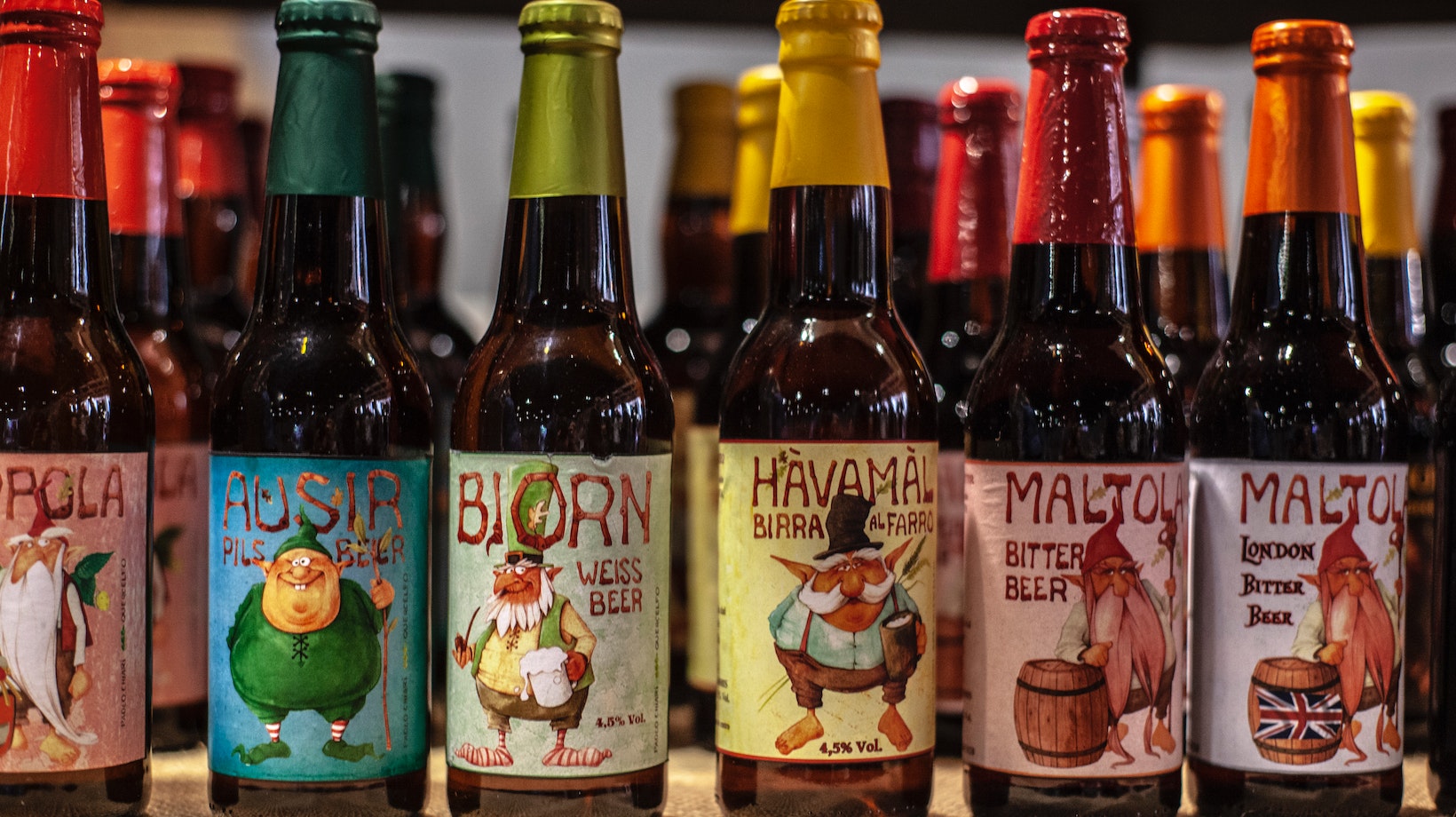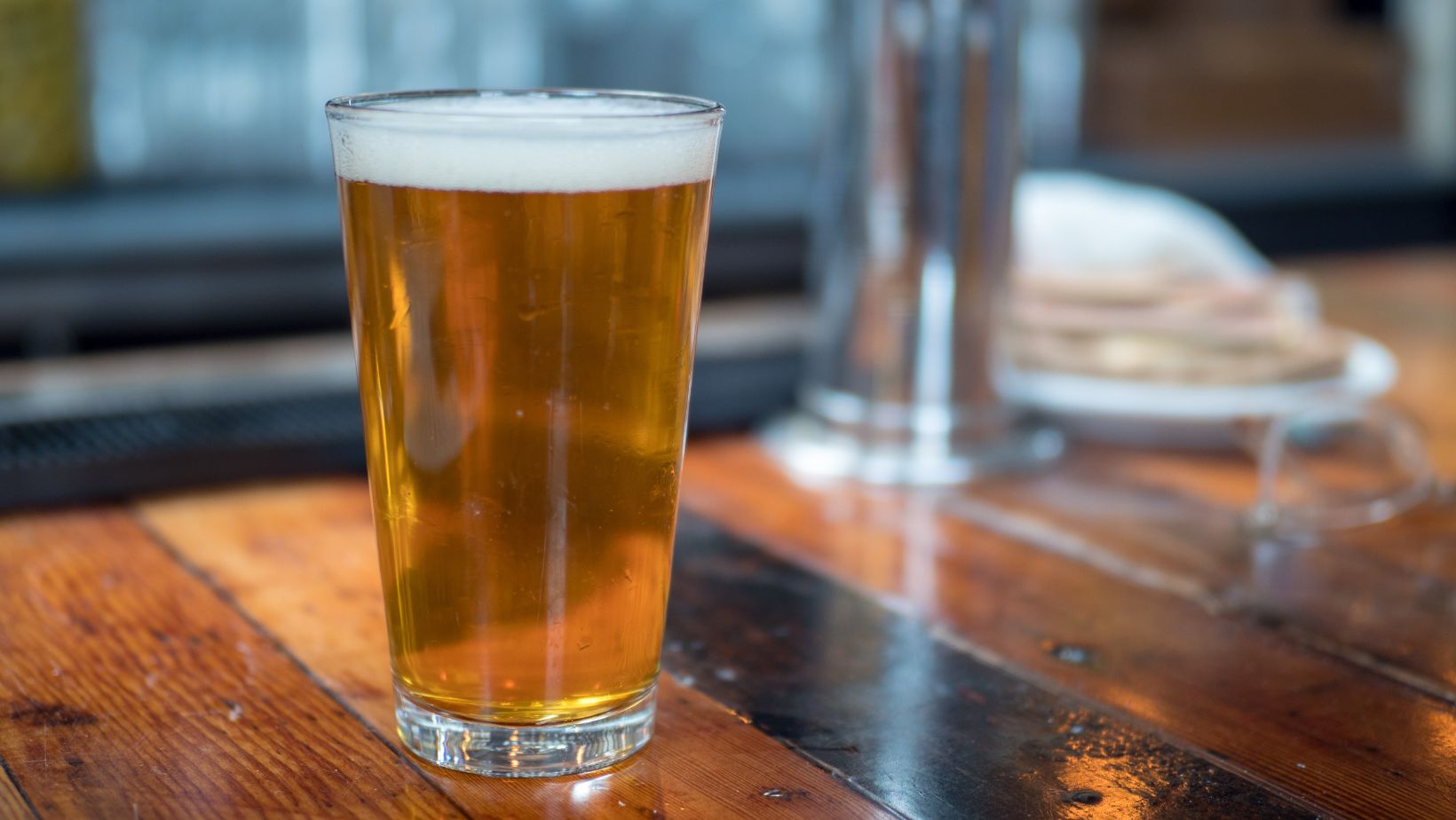A Simple Guide: How Many ml in a Beer Bottle

How Many ml in a Beer Bottle
When it comes to beer, there’s a wide range of bottle sizes available to suit different preferences and occasions. In this section, we’ll explore the standard beer bottle sizes commonly found in the market. Understanding these sizes can help you choose the right amount of beer for your gathering or simply satisfy your curiosity about how much beer is typically contained in various bottles.
Here are some of the most common standard beer bottle sizes:
- 12 oz (355 ml): The 12-ounce bottle is perhaps the most recognizable size for many beer drinkers. It’s commonly used for individual servings and is often seen in six-packs at stores. This size offers a convenient portion for enjoying a single serving without feeling overwhelmed.
- 22 oz (650 ml): Also known as “bombers,” 22-ounce bottles are larger than the typical 12-ounce ones and are popular among craft breweries. They’re great for sharing with friends or savoring a unique brew on special occasions.
- 16 oz (473 ml) Tallboy: The tallboy can be thought of as an upsized version of the standard 12-ounce bottle. These cans have gained popularity due to their larger volume and higher portability compared to glass bottles.
- 32 oz (946 ml) Crowler: A relatively new addition to the craft beer scene, crowlers are essentially large aluminum cans that hold about two pints of beer (or slightly less). They are often filled on-demand at breweries and provide a convenient option when you want more than just one pint but less than a growler.
- 64 oz (1,892 ml) Growler: If you’re looking to bring home draft beer from your favorite brewery or taproom, growlers are an excellent choice. These half-gallon containers offer enough capacity to share with friends or enjoy over multiple sessions while maintaining freshness.
It’s important to note that these sizes may vary slightly depending on the country, brewery, or specific beer style. Additionally, some breweries may opt for unique bottle sizes as part of their branding and marketing strategies.
By understanding the standard beer bottle sizes available, you can make informed choices when purchasing beer for yourself or planning gatherings with friends. Whether it’s a 12-ounce bottle for personal enjoyment or a larger vessel like a growler for sharing, there’s a size to suit every occasion and preference.
Metric Conversion: Milliliters to Ounces
When it comes to understanding the metric conversion of milliliters to ounces in the context of beer bottles, there are a few key points to consider. Let’s delve into this topic and shed some light on how these measurements correlate.
In the metric system, milliliters (ml) are commonly used to measure liquid volume, while ounces (oz) are a unit of measurement predominantly used in non-metric systems like the United States customary units. Converting ml to oz can be useful for those who prefer using one unit over the other or when dealing with international recipes or packaging.
To convert from milliliters to ounces, you’ll need to keep in mind that 1 fluid ounce is equal to approximately 29.57 milliliters. By dividing the number of milliliters by this conversion factor, you can obtain the equivalent value in ounces.
Here’s an example:
- Let’s say we have a beer bottle containing 330 ml.
- To convert this quantity into ounces, we divide 330 by 29.57.
- The result is approximately 11.16 fluid ounces.
It’s important to note that many beer bottles come in various sizes ranging from small bottles around 12 oz (355 ml) up to larger ones at about 22 oz (650 ml). Therefore, knowing how many milliliters are in a beer bottle allows you to understand its capacity and make accurate conversions based on your preferred unit of measurement.




